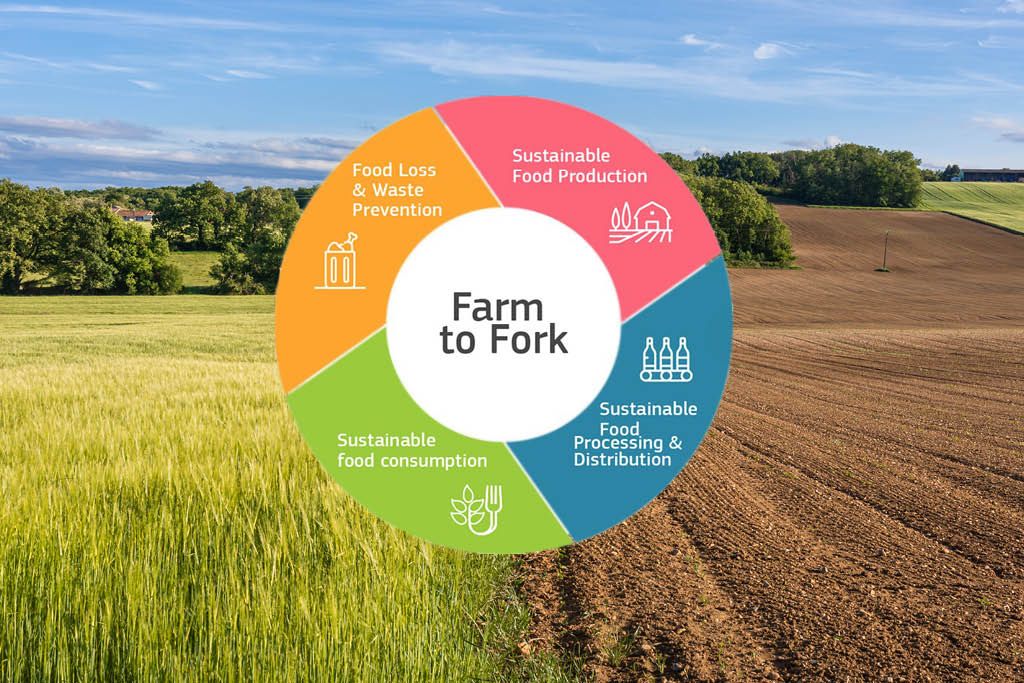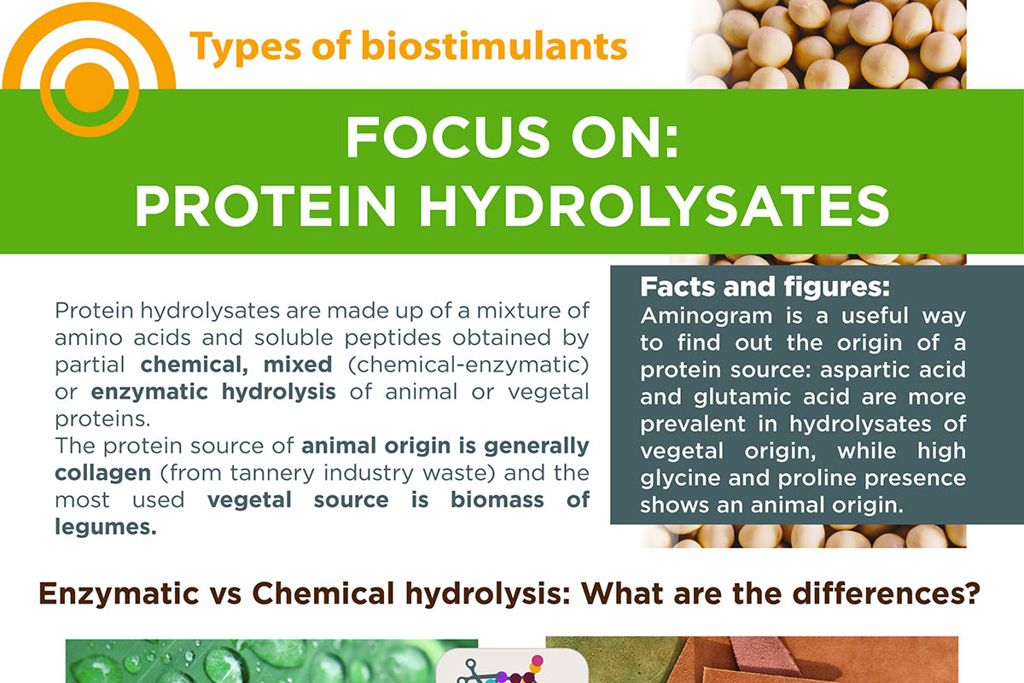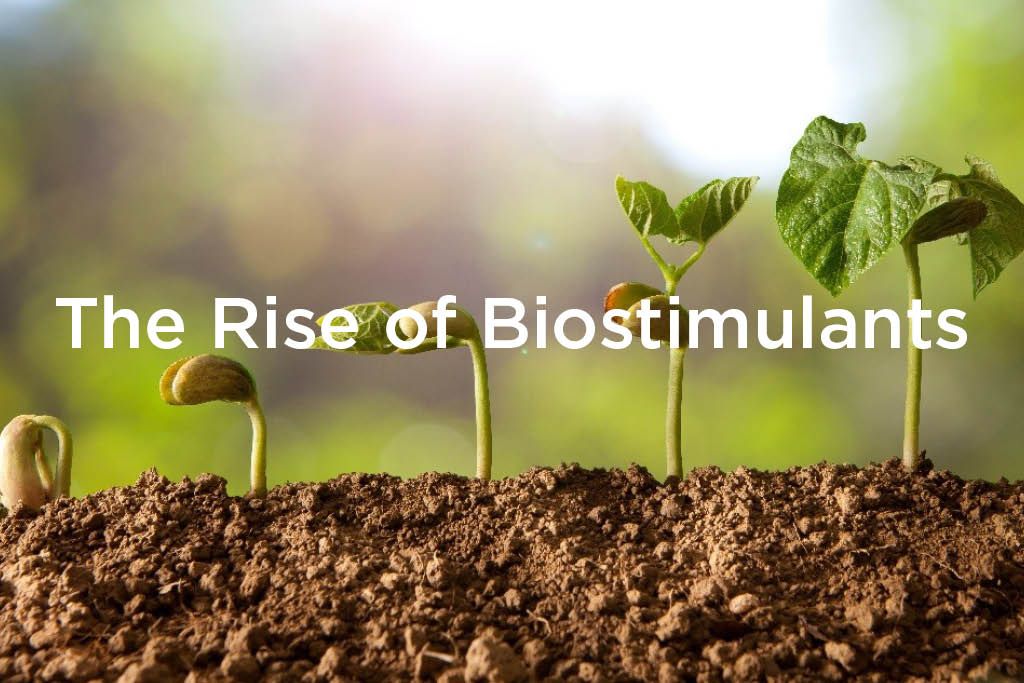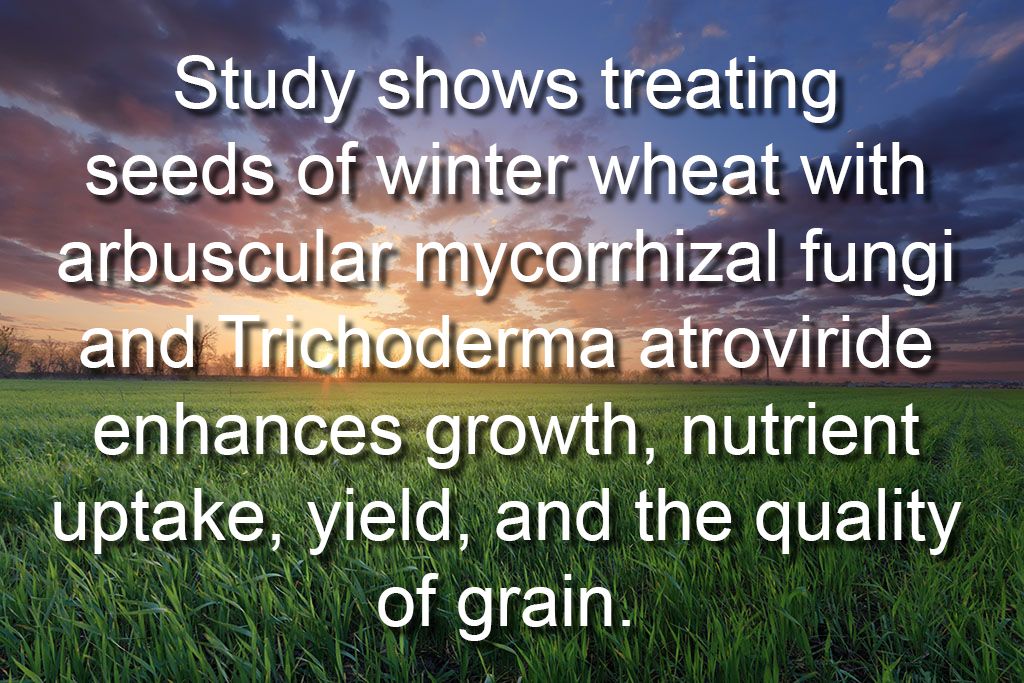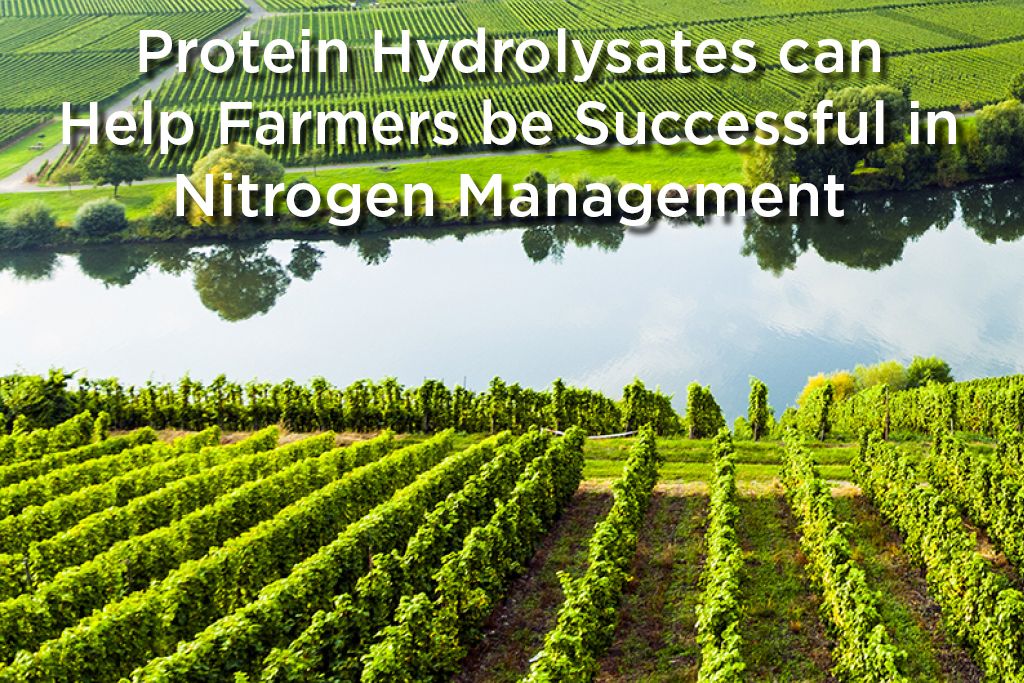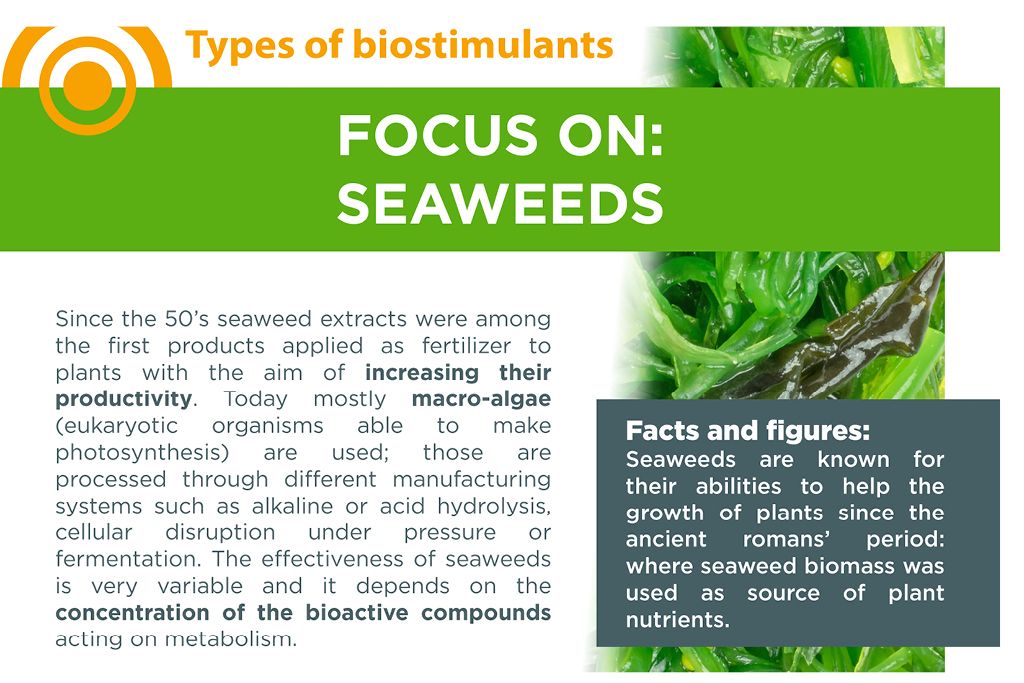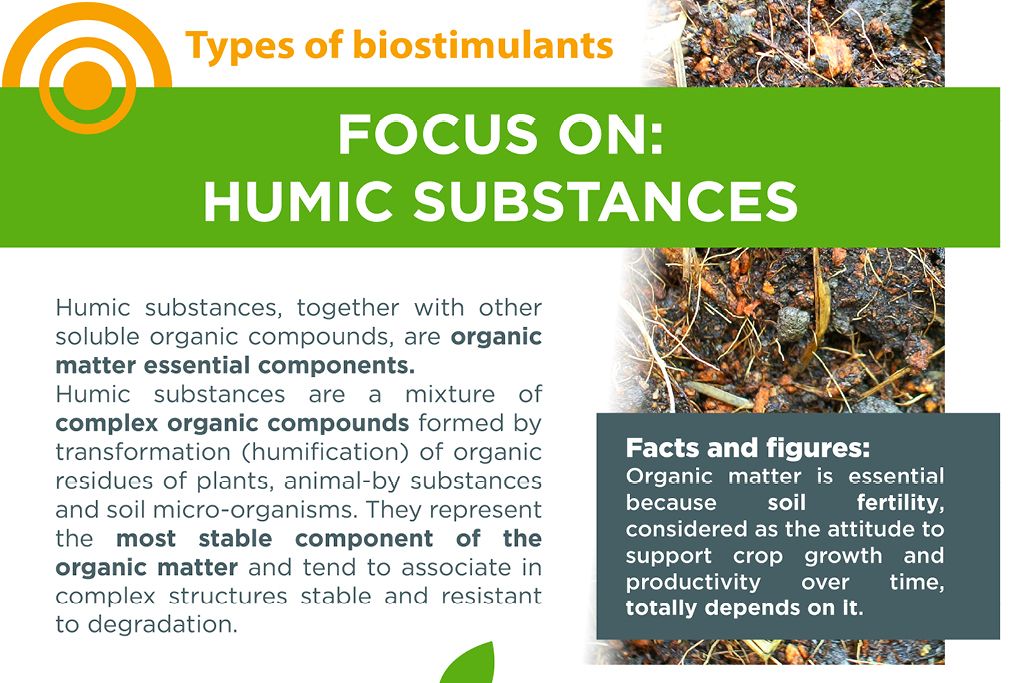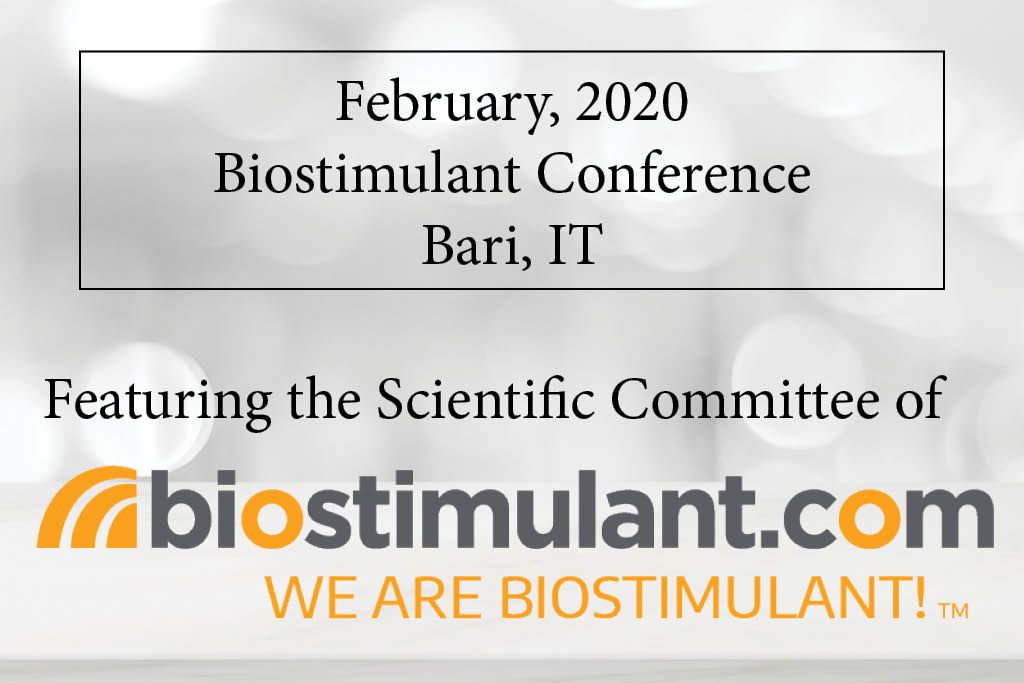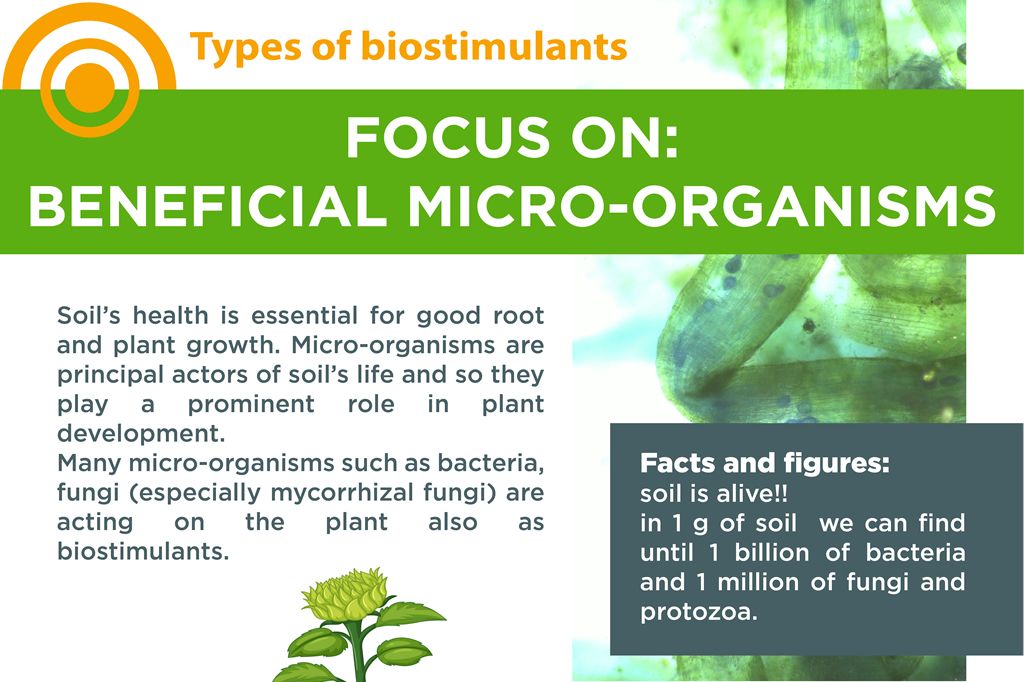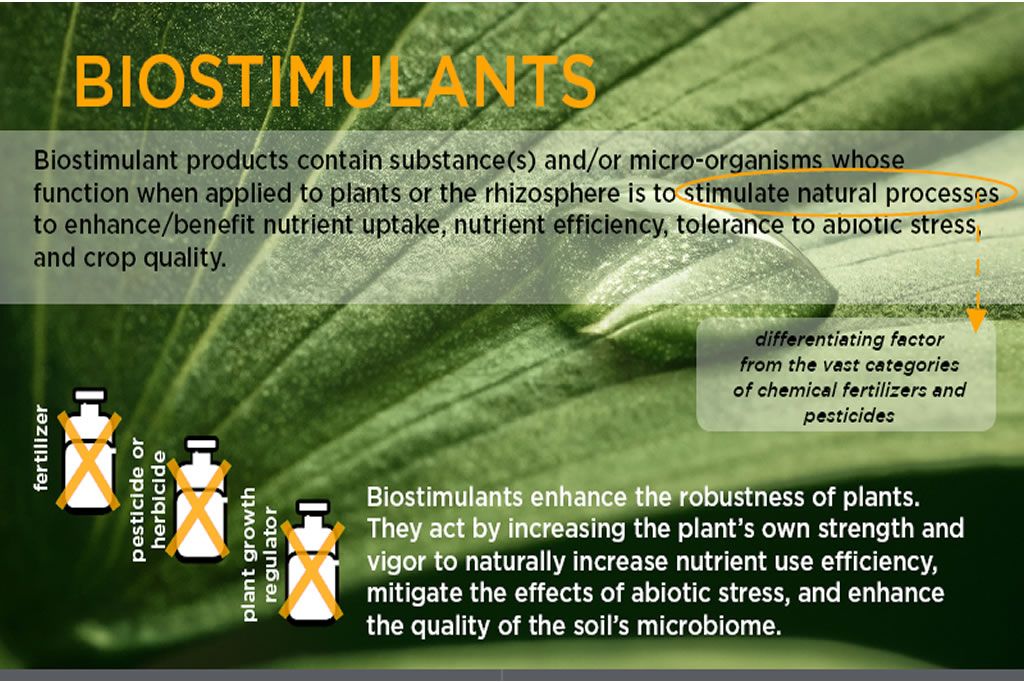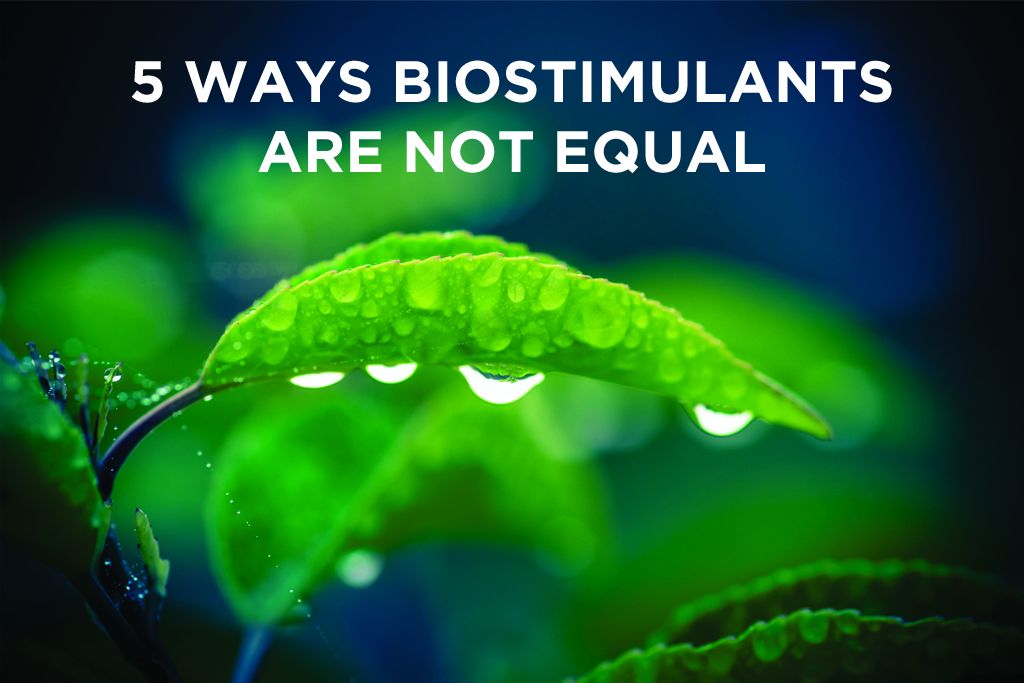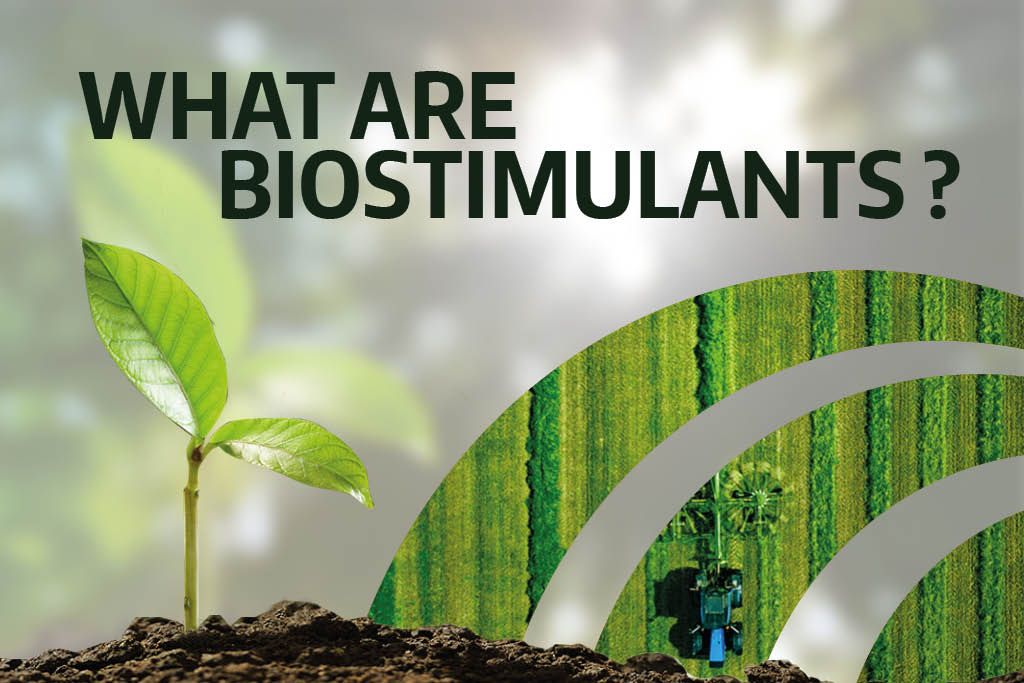BLOG #31
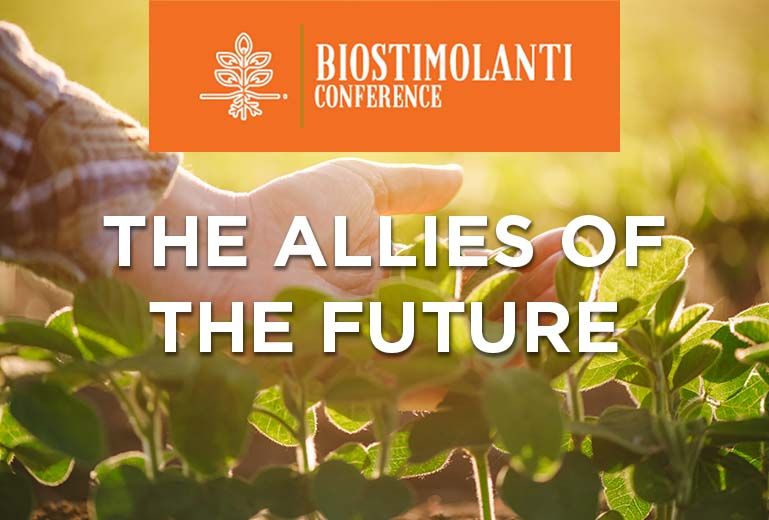
BIOSTIMOLANTI CONFERENCE 2022: THE ALLIES OF THE FUTURE
Biostimulants, year after year, never ceases to arouse interest in the agricultural world. The sector has been growing for years with double-digit numbers and the innovations offered by the numerous companies operating in this field are many.
Precisely this acceleration by the world of public and private research could create a gap between company proposals and the reference legislation, which tries to keep up. The real risk is to generate a lack of technical and regulatory knowledge among the operators in the sector.
The objective of the third edition of the Biostimolanti Conference, which was held last March 2nd and 3rd in Bari (Italy) and simultaneously in live streaming, was precisely to allow operators to deepen the physiological, application and regulatory aspects of this product category through the technical, scientific and regulatory experiences of important academic, institutional and corporate speakers.
The Biostimolanti Conference was held over two days divided into four sessions according to the reference crop: Tomato & Vegetables, arable crops, Fruit & Olive trees, Table Grape & Cherry.
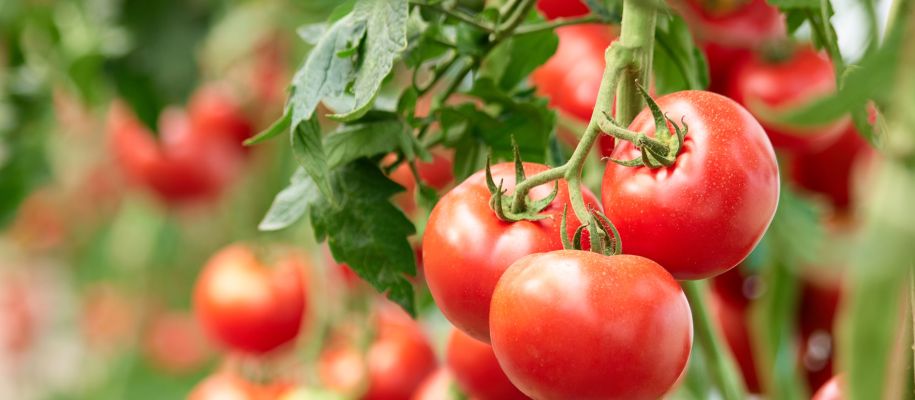
First session: Tomato & Vegetables
Tomato is one of the most consumed vegetables in the world and an essential component of the Mediterranean diet. Abiotic stresses, such as extreme temperatures, salinity and drought, negatively affect the vegetative and reproductive growth phases of the plant and cause crop losses of up to 70%.
Given the importance of this crop, the development of new management practices, such as biostimulants, to increase tolerance to abiotic stresses, could contribute to global food production.
There are three moments in which a biostimulant can be efficiently applied: to the seed, in the nursery and in the field. Seed treatments can be done externally or by immersing the seeds for several hours in a solution containing biostimulant substances. It is the so-called priming done with non-microbial biostimulants. The advantages of this technique are several: increased germination speed, synchronization of germination and improved germination in suboptimal or adverse environmental conditions and increased vigor of seedlings and post-transplant performance.
The other treatments can be done in the nursery during the growth phase of seedling. Applications in the nursery increase the quality standards of seedling, increase the rate of growth, improve post-transplant performance, and increase the root / epigeal part ratio. Field applications, on the other hand, consist of foliar or soil treatments using fertigation, during the reproductive phase to increase fruit setting and support production in stressful conditions.
Several studies have been illustrated concerning the use of biostimulants on leafy vegetables. The results showed that biostimulants are a valid, green and sustainable tool to improve the yield and quality of leafy vegetables grown both on soil and in hydroponics.
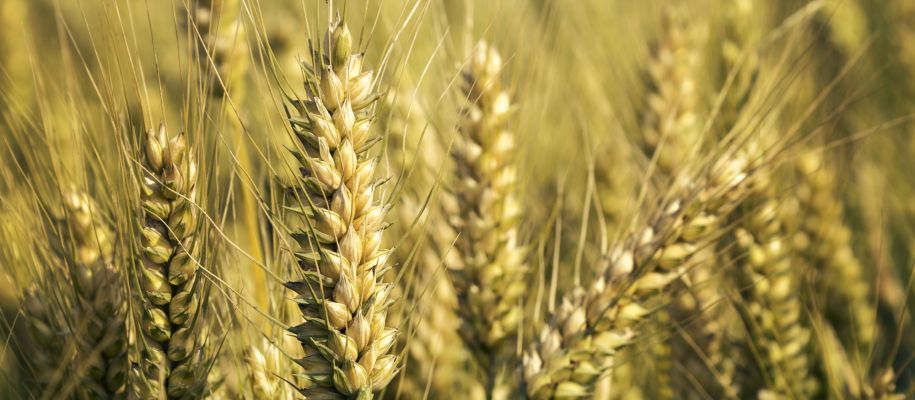
Second session: arable crops
This session focused on the topic of tolerance to salinity, thanks to the use of biostimulants, and the contribution of mycorrhizal fungi in the absorption of zinc in cereals. Salinity affects more than 40% of the soils of the Mediterranean area. For cereals, germination and the state of seedling are the phases most sensitive to this stress, which inhibits or delays the germination and the growth of the plant.
The priming technique was then tested which consists in immersing the seeds for several hours in a solution, containing biostimulant substances, capable of promoting germination and tolerance of the seeds to saline conditions. Excellent results have been obtained with glycine betaine, a compound able to preserve the integrity of the plant cell membrane under stress conditions and detoxify the reactive oxygen substances (ROS), which accumulate in plants as a response to stress.
Regarding arbuscular mycorrhizal fungi and in particular their contribution in zinc absorption, cereal crops are known to represent a major source of minerals, but about 50% of the soils in which they are grown are considered zinc deficient. This is where arbuscular mycorrhizal fungi come into play because they can form associations with plant roots and provide soil-derived nutrients in exchange for photosynthates and plant-based lipids. In the study, that was shown, the inoculation of barley and wheat plants with Rhizophagus irregularis increased root colonization, root biomass, zinc concentration in sprouts and iron concentration in wheat at harvest, while the yield has not been significantly affected.
Also interesting is what has been shown regarding the application of biostimulants on soybeans, in order to evaluate the recovery of the plant after herbicide stress. Post-emergence herbicides are applied to soybeans, most of which are not very selective and often damage plants.
Treatments with biostimulants can relieve herbicide stress. Furthermore, immediate activation of the secondary metabolism, the defense response, was observed in soybean plants.
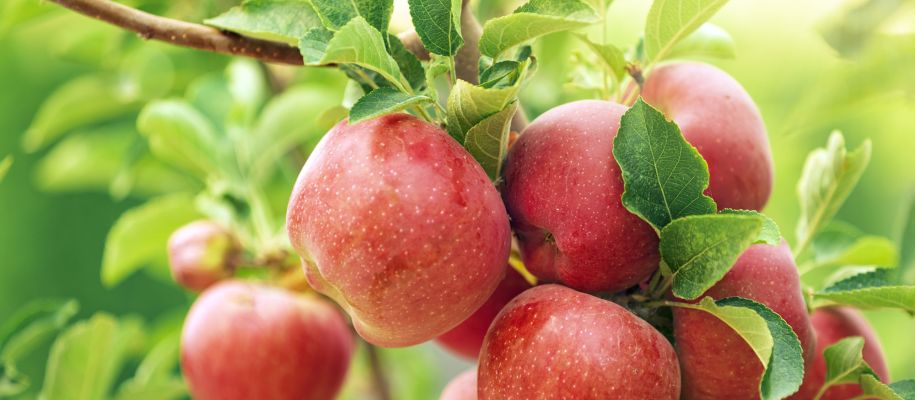
Third session: Fruit & Olive trees
As for the olive tree and environmental stresses, it is known that it is a very rustic and tolerant plant especially to water and saline stresses. It can withstand long periods of drought by surviving in areas with limited annual rainfall. Cultivars have varying degrees of susceptibility and research is currently studying all resistance mechanisms to distinguish tolerances in different varieties.
The impact of water stress was investigated on vines, which decreases plant growth and final production. The research carried out supports that biostimulants can improve or even increase the adaptation response of the vine to stress, since they are able, for example, to increase the osmolyte content and the antioxidant response.
Products with biostimulant action, such as mycorrhizae, seaweed and silicon-based extracts, used in pre-stress application, are able to slow down the onset of water stress and favor plant recovery from stress
Regarding the apple tree, a study on calcium-related nutritional imbalance was presented. The effectiveness of a calcium application (foliar) was tested in combination first with a product containing zinc and silicon or later with a seaweed extract.
Both biostimulants reduced the incidence of physiological disorder by 20% and increased the concentration of nutrients (calcium, zinc and manganese) in apple peel.
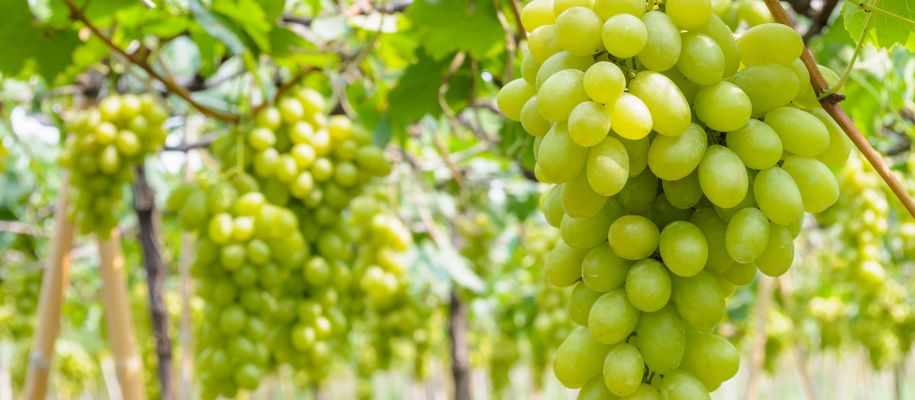
Fourth session: Table grape & cherry
On table grape the most common abiotic stresses are extreme temperatures, excess and shortage of water and light and salinity which are intensifying in the last years due to climate change.
In viticulture this causes: anticipation and reduction of the duration of phenological phases, reduction of grapes acidity and increase in pH, reduction of anthocyanin content and color, imbalance between technological and phenolic maturity, increase of sunburn on berries and leaves and yield reduction. Microbial biostimulants, such as Trichoderma and mycorrhizae can be a sustainable solution to these problems, they can promote the water and nutrients absorption by the root system and fortify the plant.
A study was also shown on the use of Saccharomyces cerevisiae to prevent the effects of global warming which cause an insufficient accumulation of anthocyanins and therefore a poor color of the berries: an important technological problem that can reduce the market value of table grape.
Two applications of Saccharomyces cerevisiae, the first at beginning of veraison and the second 8-14 days later, showed a positive increase in polyphenols and anthocyanins content on different varieties of table grape.
Sweet cherry is a high-quality crop, and the economic success of its cultivation depends not only on the yield, but also on the post-harvest performance of the fruits and their resistance to cracking, which strongly influence marketability.
Some studies related to the use of biostimulants on cherry were illustrated during the fourth and last session of the Biostimolanti Conference 2022. In particular, the foliar application of a new tropical plant extract was tested between full flowering and fruit set, on the yield and fruit quality of two important cherry cultivars.
In both cultivars, the plant extract induced a significant increase in fruit yield. In addition, an increase in the firmness of the fruit and a better shelf life was observed.
The Biostimolanti Conference 2022 was organized by the Apulian Regional Association of Technicians and Researchers in Agriculture (ARPTRA) and by Fruit Communication, with the patronage of the Italian Horticultural Society (SOI). The event gathered more than 900 online subscribers, more than 200 in-person attendees and thousands of social media interactions.


